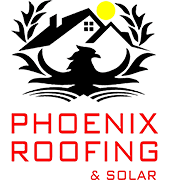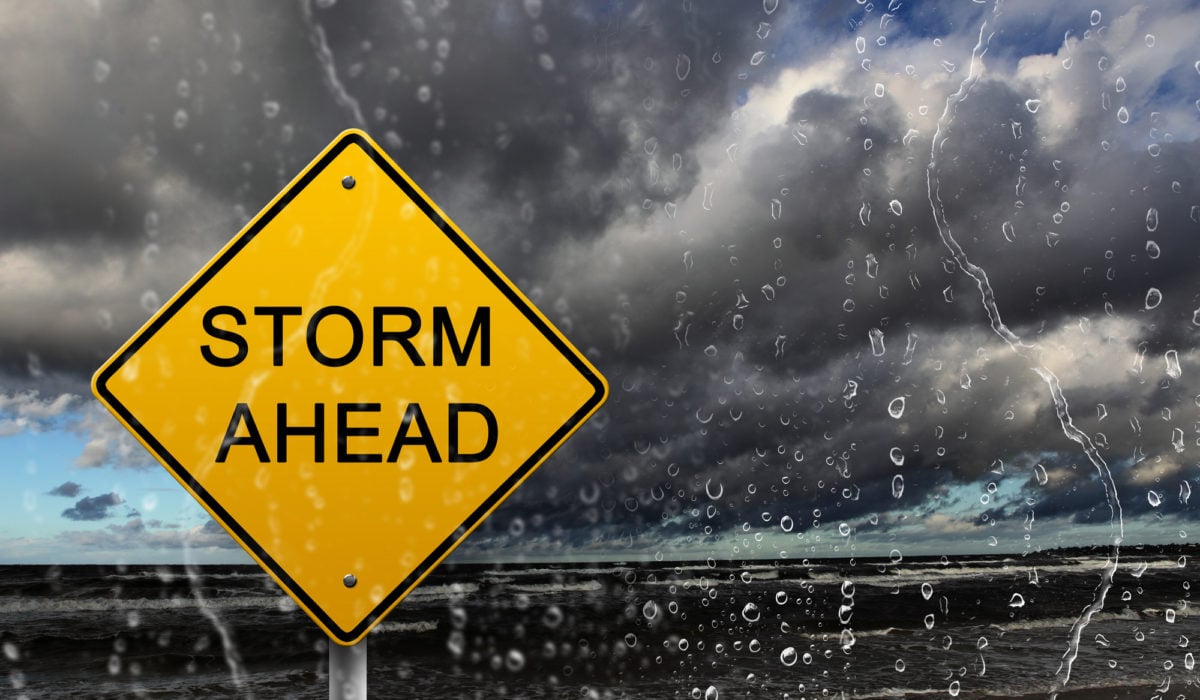- 0 Comment
Types of Storm Roof Damage and its Effects
When severe weather hits, your roof is one of the first lines of defense for your home. That’s why it’s important to know different types of storm roof damage, how it can affect your roof, and what you can do to help protect it.
Heavy rains can cause leaks and damage to your roof. Strong winds can loosen or break shingles, allowing water to get in and causing further damage. And snow and ice can build up on your roof, putting extra strain on the structure.
Wind Storm Roof Damage
Wind damage to roof happens when gusts of wind hit a building and cause the roof to collapse. This can happen due to several reasons, including:
The weakened state of the roof caused by age or wear and tear
Poorly constructed roofs that are not able to withstand strong winds
High winds that catch the roof and cause it to collapse
If you suspect that your roof has been damaged by wind, it is important to have it inspected by a professional as soon as possible. Wind damage can lead to serious problems, such as leaks and structural damage, so it is important to get it fixed as soon as possible.
Hail Storm Roof Damage
Damage from hail is one of the most common types of damage that can occur to your home or business. Hail is a form of precipitation that falls from the atmosphere and is composed of ice pellets or frozen raindrops. These pellets can range in size from very small, like a pea, to larger, like a golf ball. When hail falls, it can cause damage to anything in its path, including roofs. Hail damage to roofs can occur when the pellets hit the surface of the roof and break or dent the material. This type of damage is usually most severe in areas where the hail is larger in size. In addition, hail damage to your roof can also occur when the pellets accumulate on the surface of the roof and cause it to collapse.
What Should I do?
While hail damage to roofs is a common problem, there are ways to prevent it from happening. One way is to have your roof inspected regularly by a professional. This will allow them to identify any potential problems that could lead to hail damage. In addition, you can also take steps to protect your roof from hail damage by installing impact-resistant materials. These materials will help to absorb the impact of the hail and prevent it from causing damage to your roof.
If you do experience hail damage to your roof, it is important to have it repaired as soon as possible. This will help to prevent further damage from occurring and will also help to restore the integrity of your roof. When choosing a contractor to repair hail damage to roof, be sure to select one that has experience in this type of repair. This will ensure that they have the necessary skills and knowledge to properly fix the problem. In addition, be sure to ask for references from previous customers. This will allow you to see first-hand how the contractor has performed in the past and will give you an idea of what to expect from them in the future.
Hail damage to your roof can be a serious problem, but it doesn’t have to be. With proper prevention and repair, you can keep your roof in good condition for many years to come. By taking the time to learn about hail damage and how to prevent it, you can protect your investment and ensure that your home or business is safe from this type of damage.
Snow Storm Roof Damage
Snow damage to your roof can occur when the weight of the snow causes the roof to collapse. This can happen if the snow is too heavy, or if there is an accumulation of ice on the roof. It can also happen if the roof is not properly ventilated, which can cause the build-up of moisture and eventually lead to the formation of ice dams.
This can also occur from the wind blowing the snow off the roof and onto the ground below. This can happen if the wind is strong enough, or if there is an accumulation of snow on the roof that is not properly secured.
In some cases, snow damage to roof can also be caused by the freezing and thawing of the snow. This can happen if the temperature gets below freezing and the snow melts, then refreezes. This can cause the formation of ice dams, which can eventually lead to the collapse of the roof.
What Should I do?
If you suspect that your roof has been damaged by a storm, it’s important to call a professional for an inspection as soon as possible. They will be able to assess the damage and make any necessary repairs to help prevent further damage.
In the meantime, there are some things you can do to help protect your roof from further damage:
Remove any debris that has accumulated on your roof. This includes leaves, branches, and anything else that could catch wind and cause damage.
Clear away any snow or ice that has built up on your roof. This can be done with a shovel or by using an ice melt product.
If you have loose shingles, try to secure them back in place. This will help prevent wind damage and keep water from getting underneath.
If you have a leaky roof, try to seal up the area around the leak to prevent further damage. You can use a tarp or plastic sheeting to cover the area, and then use some heavy duty tape to secure it in place.
Taking these steps will help protect your roof from further damage until a professional can make repairs. And if you do suffer storm damage to your roof, don’t hesitate to call Phoenix Roofing and Solar for help. We will be able to assess the damage and make the necessary repairs to get your roof back in top condition. Call us today at 330-524-8323.

